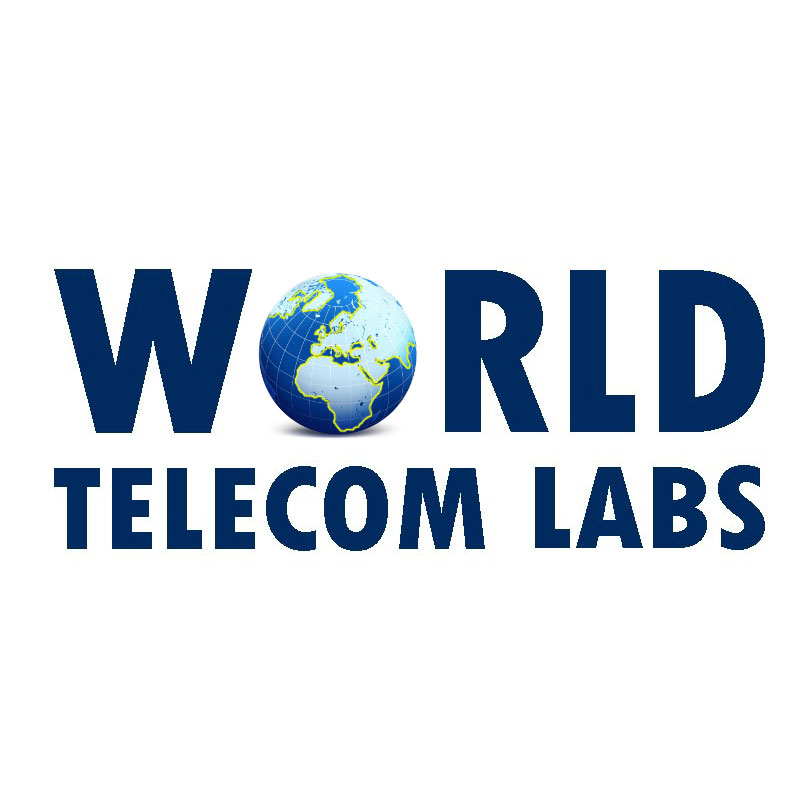 Vumatel and Openserve are South Africa’s largest fibre-to-the-home players, but smaller fibre network operators’ (FNOs) infrastructure rollouts are increasing their footprints in the country.
Vumatel and Openserve are South Africa’s largest fibre-to-the-home players, but smaller fibre network operators’ (FNOs) infrastructure rollouts are increasing their footprints in the country.
MyBroadband asked South African FNOs about their fibre rollouts in relation to the number of homes passed and connected.
Herotel said it had 145,310 customers on its networks as of Monday, 17 October 2022. However, some of these may be Herotel wireless customers, with the operator having 4,223 wireless towers.
Herotel said it has 272,197 live fibre stands across the country. The FNO’s network has grown significantly over the last year, with it celebrating the milestone of reaching 100,000 fibre stands in August 2021.
The FNO had passed 150,000 homes as of February 2022, meaning it has expanded its network to pass more than 122,000 more homes in the space of seven and a half months.
MetroFibre Networx told MyBroadband that it had connected approximately 110,000 homes to its network, with the FNO having passed 400,000. This represents a connection rate of about 28%.
Frogfoot said it had passed 338,600 homes, of which 134,400 have connected to its network — a connection rate of about 40%.
Zoom Fibre — the fastest FNO to pass 100,000 homes in South Africa — told MyBroadband that it has now passed 130,000 homes with its network and connected 27,000.
For reference, the latest figures show that Vumatel and Openserve have a connection rate of about 30% and 47%, respectively.
Vumatel didn’t provide updated information on how many homes are connected to its network but when its parent company rebranded to Maziv, it said the network passes 1.6 million homes.
The most recent figures show that Vumatel has connected 450,000 homes to its network. On the other hand, Openserve has passed 890,000 homes and connected 414,000.
Vumatel says it has deployed over 31,000 kilometres of fibre across South Africa and anticipates at least a future 2 million customers in emerging markets.
Openserve has over 160,000 kilometres of fibre counting its long-distance routes and last-mile infrastructure.
Openserve said it could not provide comment during the month-long closed period until its interim results were published on 23 November 2022.
Vodacom’s results for the quarter that ended 30 June 2022 show that its fibre network has passed 156,828 homes and businesses, and connected 147,302.
This represents the highest connection rate of the FNOs listed in this article at almost 94%.
Lower connectivity rates are not necessarily a bad thing.
There is always a lag between homes passed and homes connected. Therefore, operators with rapid deployments see lower connectivity rates for a time.
As rollouts slow, connectivity rates increase with “time since installation”.
MyBroadband also asked Octotel and Vodacom for an update on their fibre rollouts, but they had not answered our questions by the time of publication.
South Africa’s biggest fibre network operators
Network Homes passed Homes connected Connection rate
Vumatel 1,600,000 450,000 28.1%
Openserve 890,000 414,000 46.5%
MetroFibre 400,000 110,000 27.5%
Frogfoot 338,600 134,400 39.7%
Herotel 272,197 145,310 53.4%
Vodacom 156,828 147,302 94.0%
Zoom Fibre 130,000 27,000 20.8%
Evotel 110,000 29,000 26.4%
Herotel, MetroFibre, and Frogfoot’s big plans
Herotel, MetroFibre Networx, and Frogfoot have big plans to expand their operations in South Africa and to different market segments.
This includes passing more homes in the country and developing services for underserved areas and communities.
Herotel told MyBroadband it expects fibre to dominate sales, but it will also look to expand its fixed-wireless offerings.
“Our rollout plans over the next 3 to 5 years take both fibre and fixed-wireless into consideration,” Herotel said.
“Fibre will certainly dominate in terms of absolute customers numbers, but wireless will have a very important and significant role to play as well, servicing the urban edge and rural customers.”
MetroFibre said it plans to target areas that don’t currently have fibre and is looking to develop solutions to reach underserved areas in South Africa.
“Growth is not only about having the capital to roll out infrastructure but also developing solutions for the changing needs of our business and residential customers and specifically underserved communities,” it said.
The FNO said it was looking into a pay-as-you-go model for potential customers that only require intermittent connectivity rather than an “always on” service.
In June 2022, Frogfoot told MyBroadband that it was shifting its goals from connecting smaller towns — which it believes it has achieved — to reaching new areas.
“We started with a strategy to get to smaller towns, which we feel that we have achieved, and we believe we have succeeded in getting homes and businesses in need of a better connectivity solution connected to world-class fibre,” it said.
“There are other areas that are being looked into based on additional factors and plans which may change at a later stage.”
However, Frogfoot said it expects fibre rollouts to become more gradual.
“We foresee that the actual build of FTTH areas will slow down due to feasibility, and the number of initial homes surveyed are now covered,” it said.
The homes passed and connected by each of South Africa’s biggest FNOs are compared in the table below.
Source: MyBroadband









